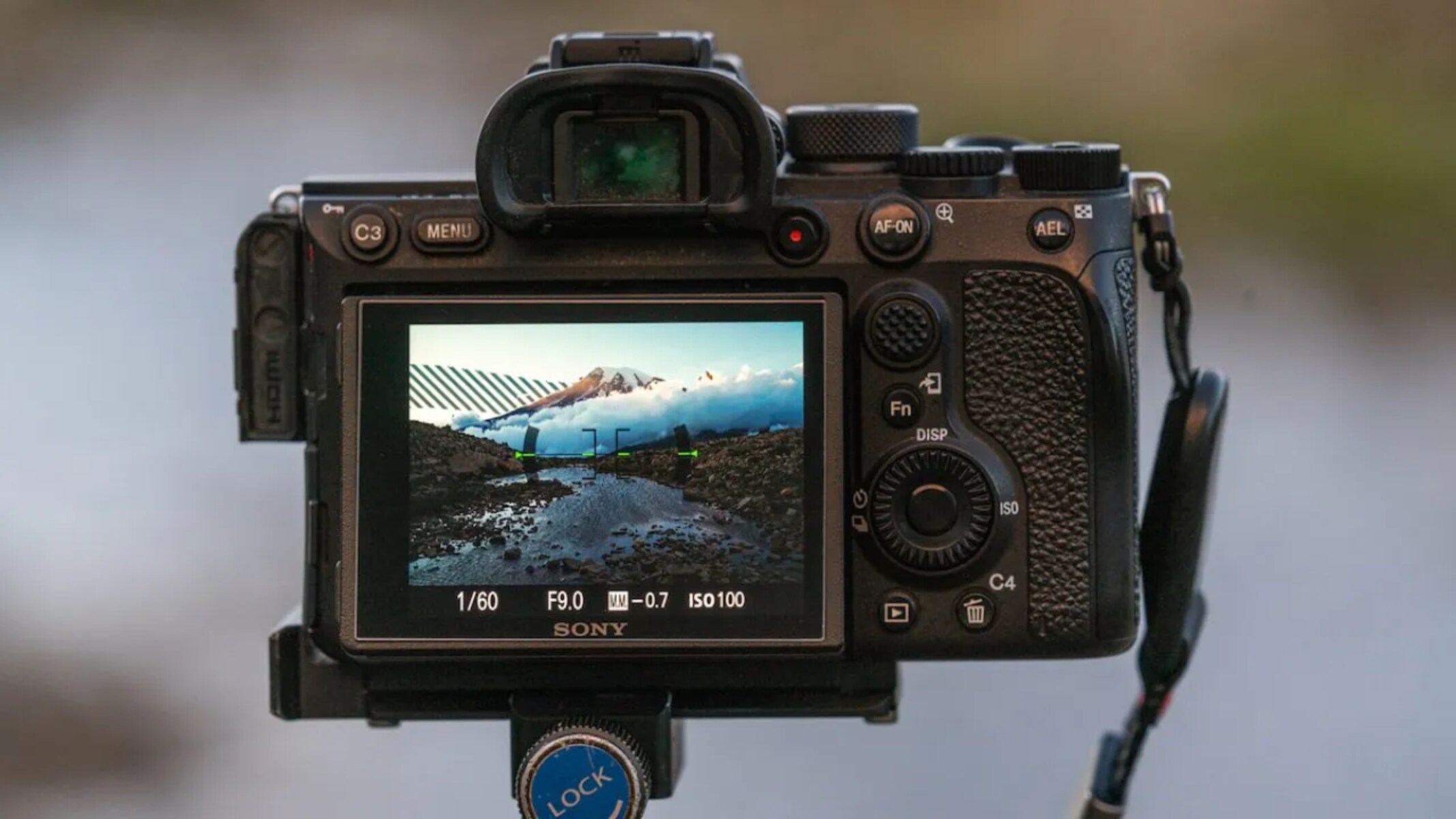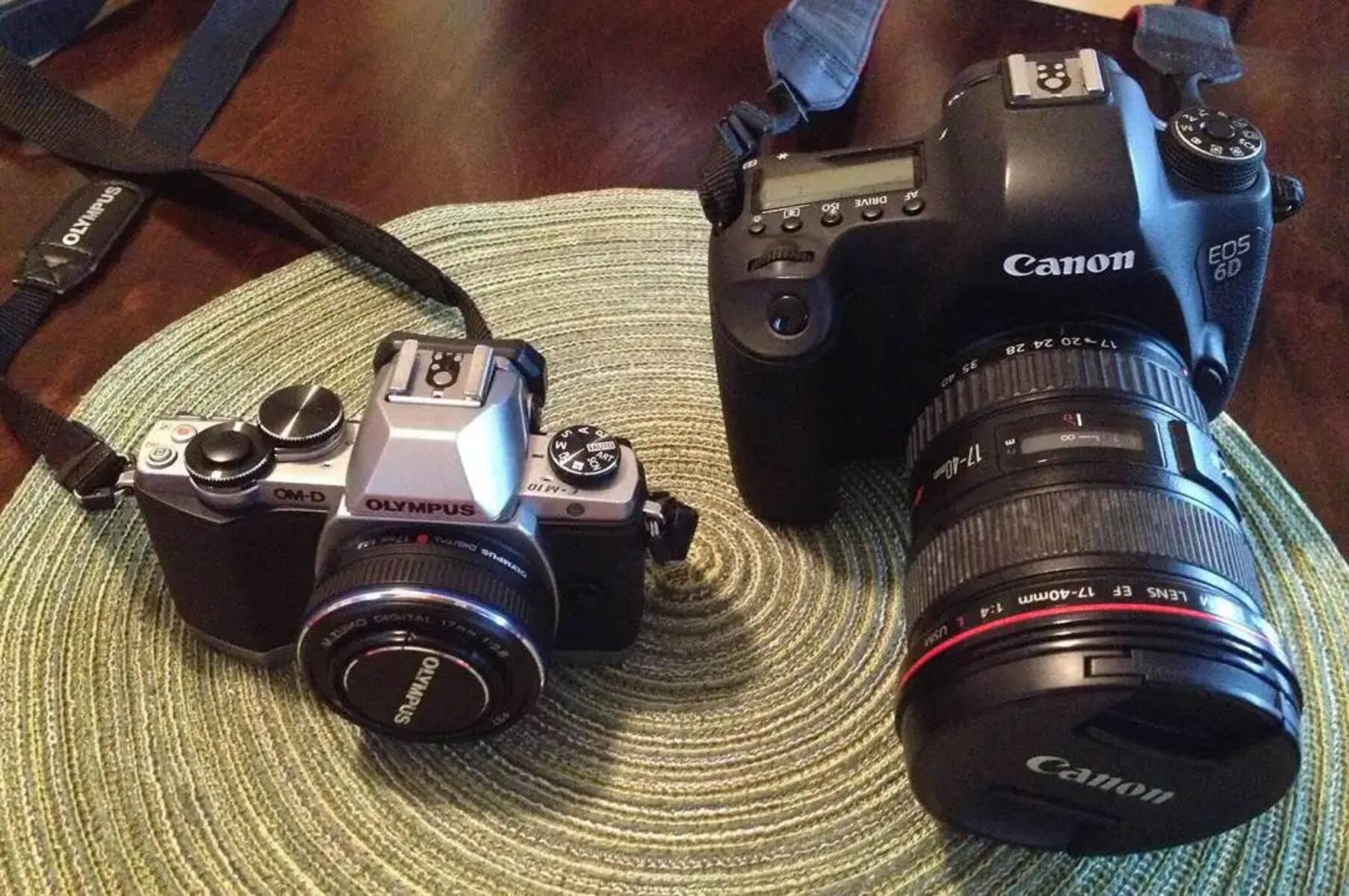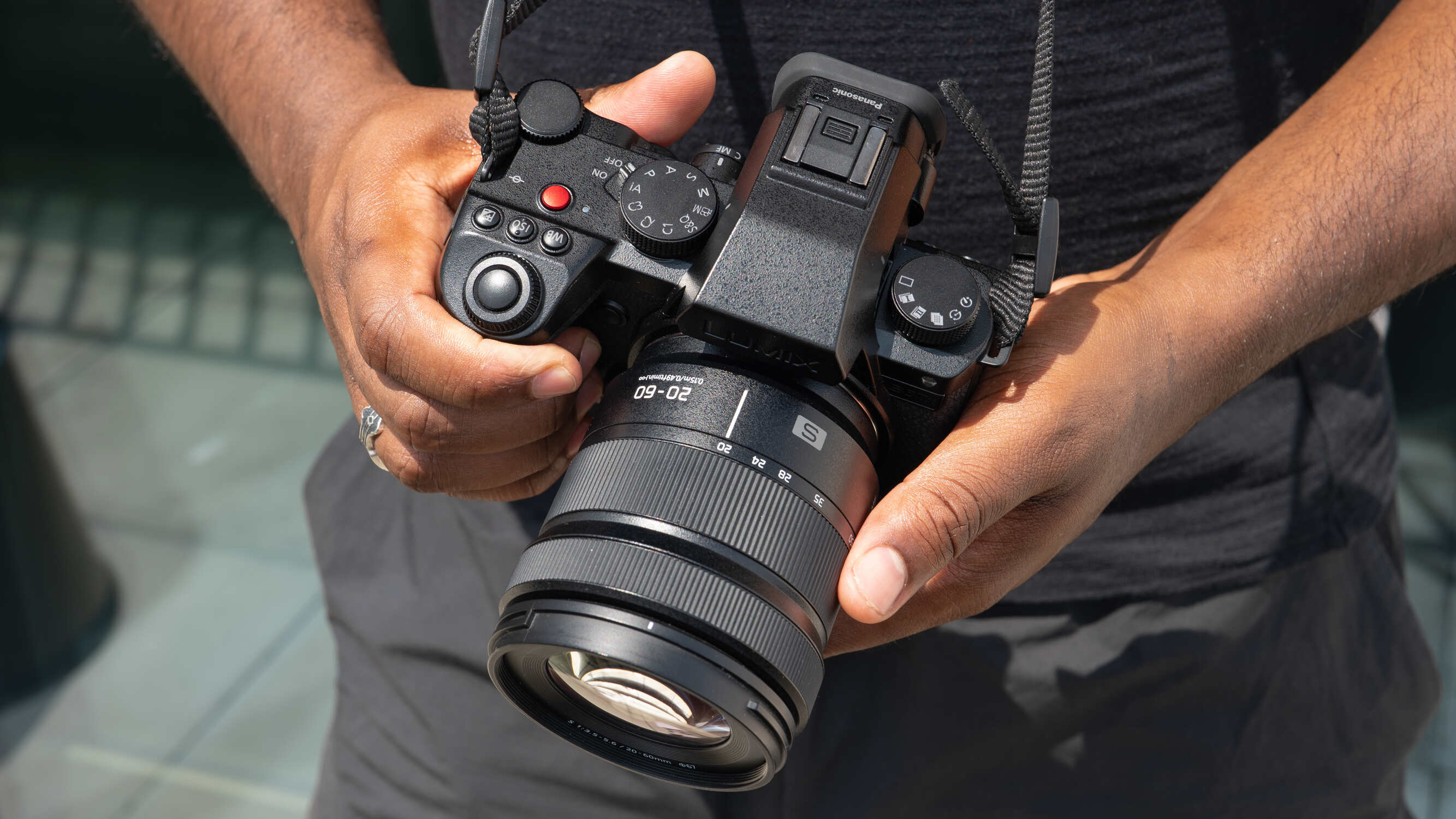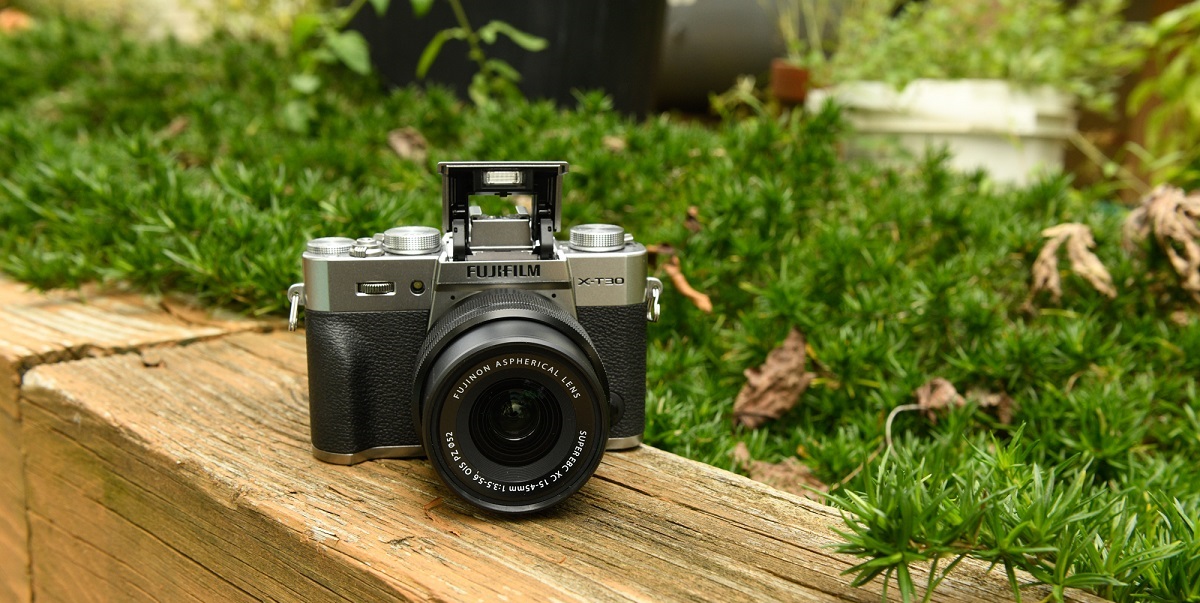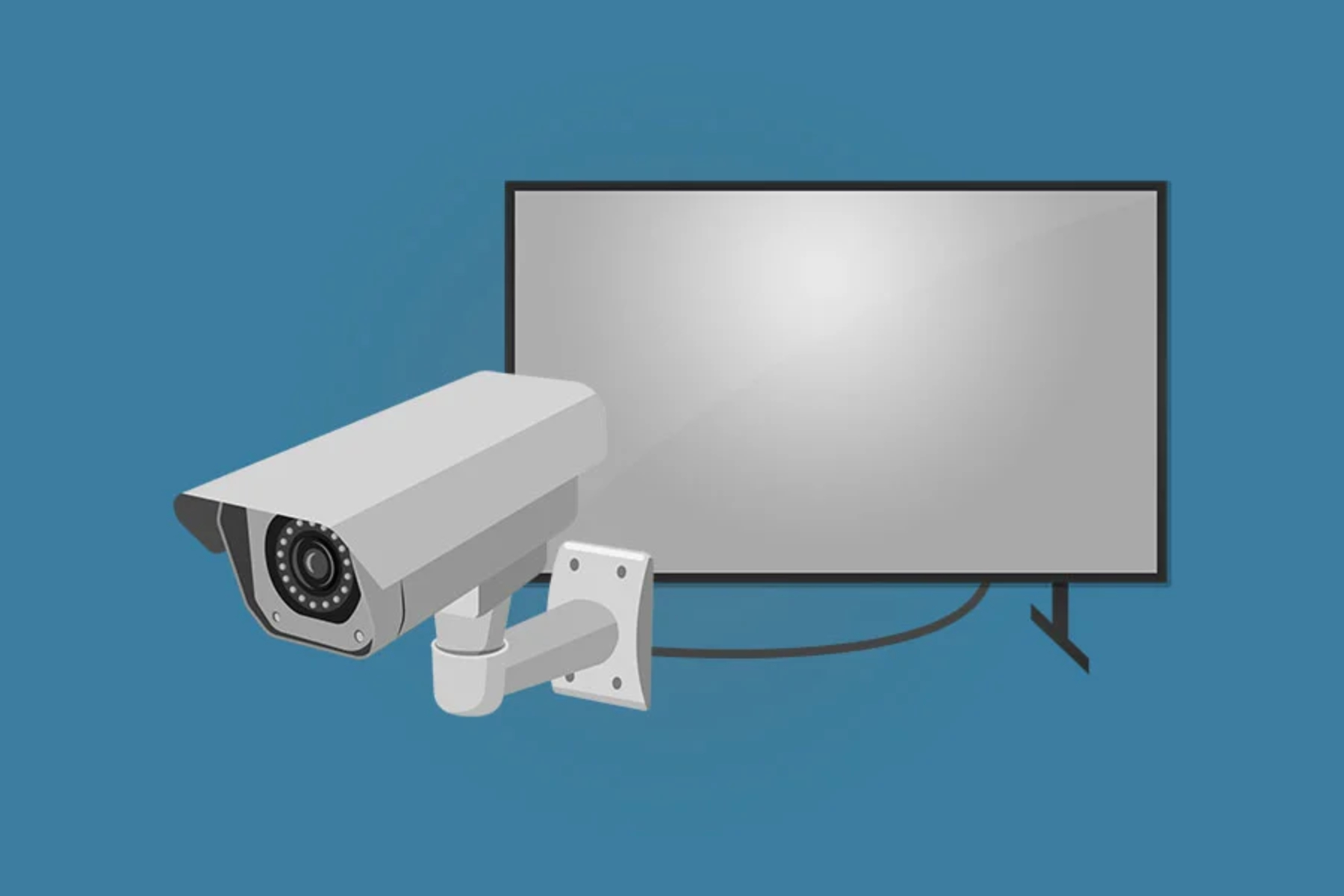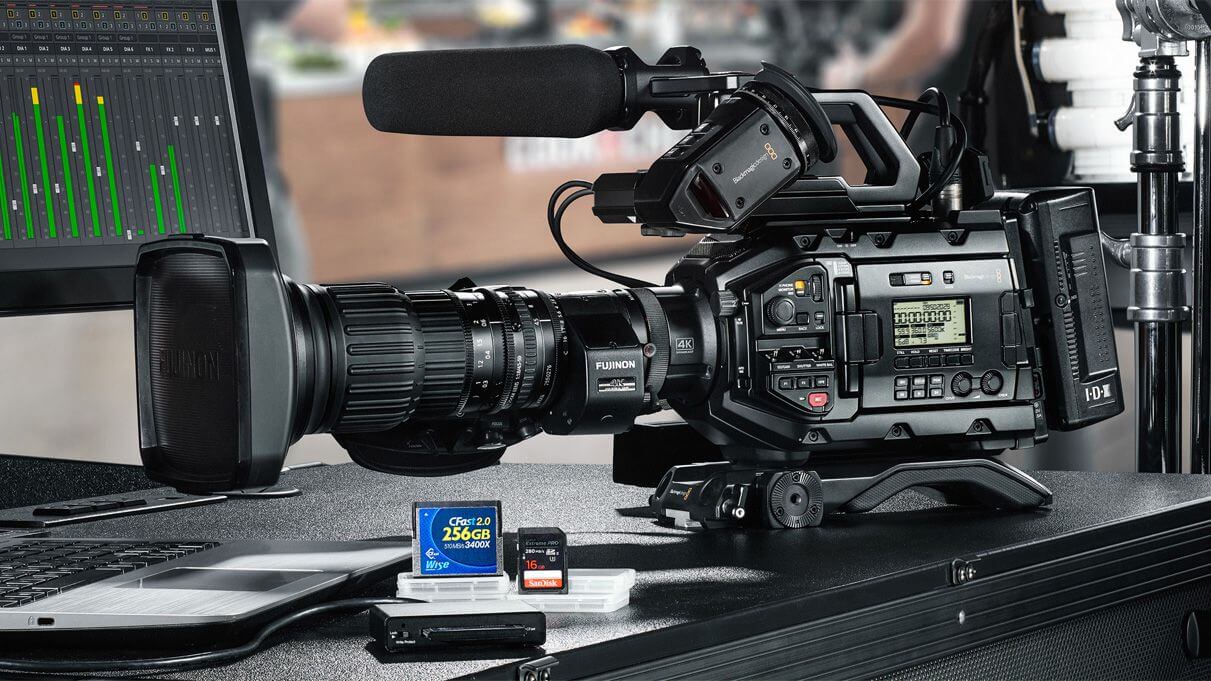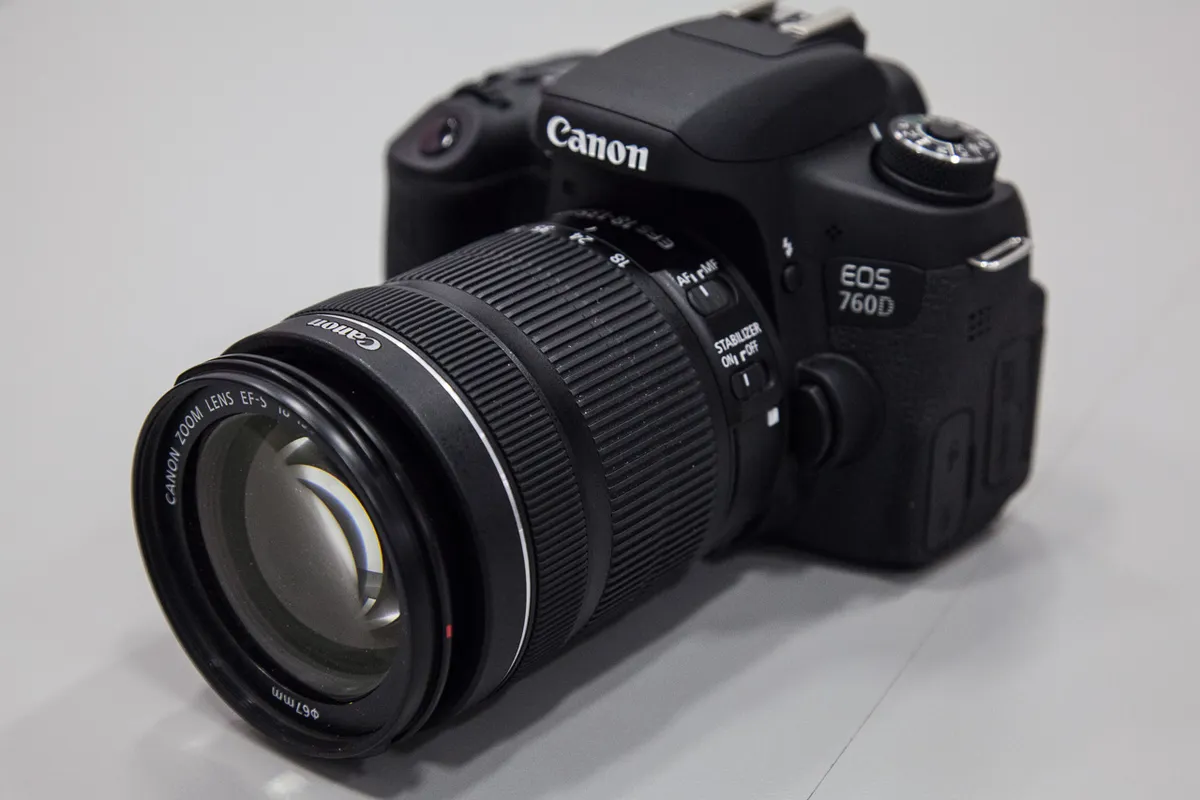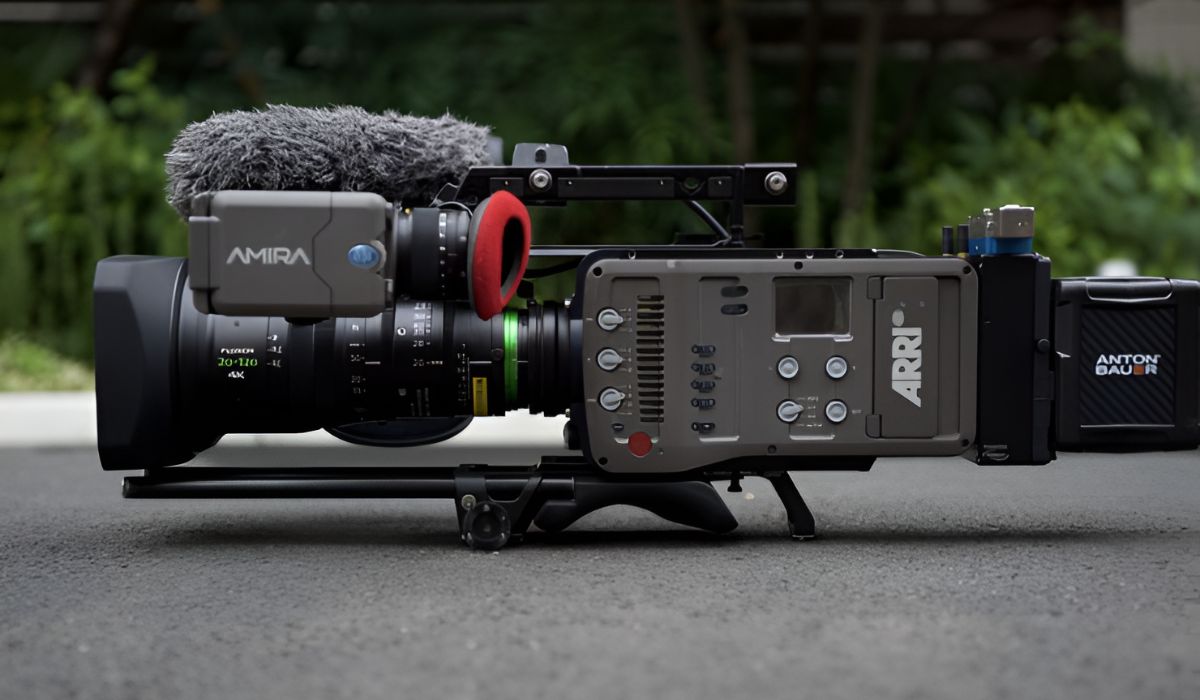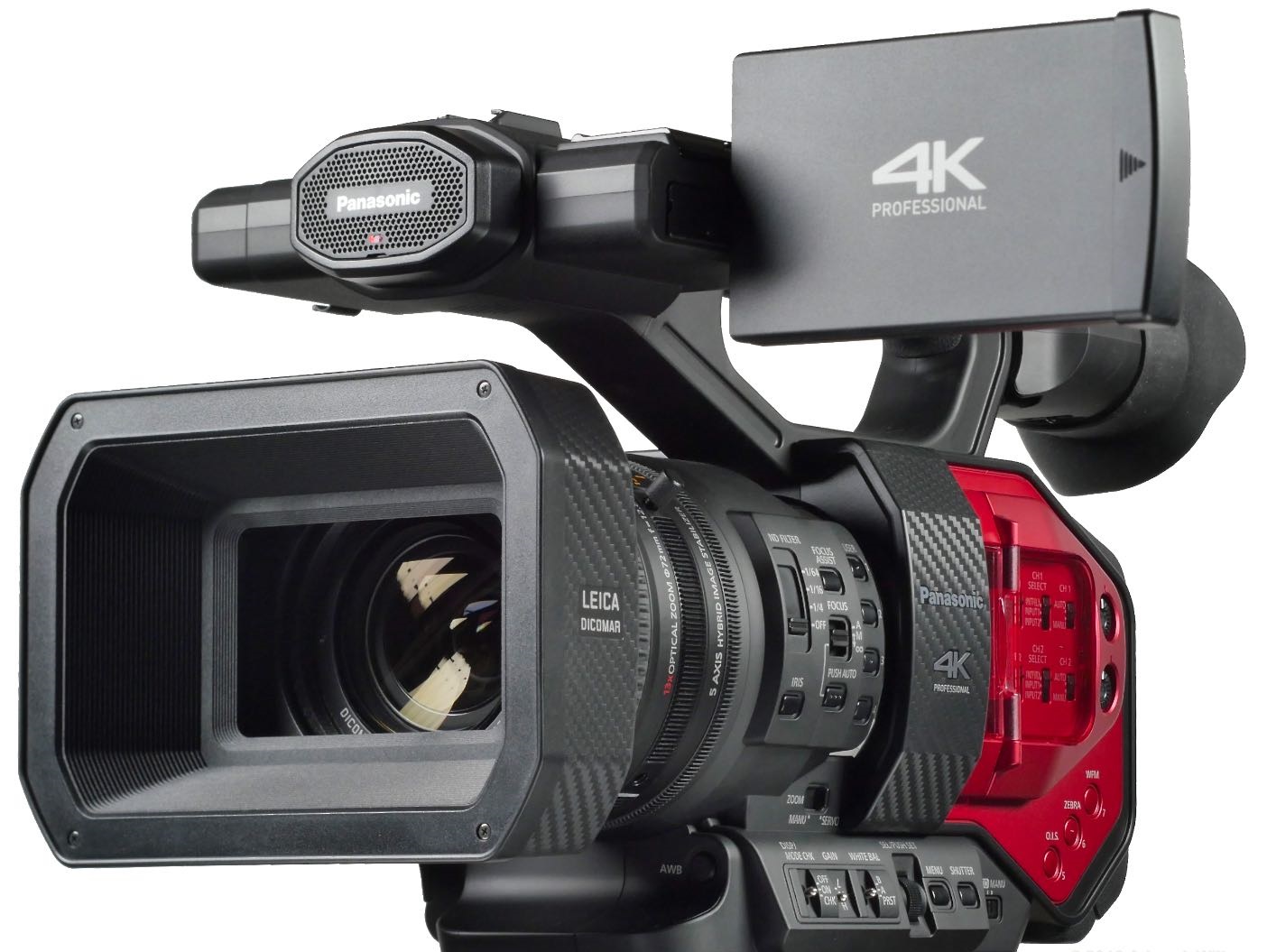Introduction
When exploring the fascinating world of mirrorless cameras, one may encounter the term “zebras” and wonder about its significance. In the realm of photography, zebras are not the black and white striped animals found in the savannas of Africa; rather, they are a crucial feature within the settings of a mirrorless camera. Understanding the role of zebras in this context is essential for photographers aiming to elevate their craft and achieve optimal exposure in their shots.
As we delve into the realm of mirrorless cameras and their functionalities, it becomes evident that zebras play a pivotal role in aiding photographers to achieve the perfect exposure. This article aims to demystify the concept of zebras in the context of mirrorless cameras, shedding light on their practical applications and the benefits they offer to photographers. By the end of this exploration, you will have gained a comprehensive understanding of zebras and their role in the art of photography, equipping you with valuable insights to enhance your photographic endeavors.
What are Zebras in a Mirrorless Camera?
Zebras in the context of a mirrorless camera refer to a visual exposure aid that helps photographers identify areas of an image that are overexposed. This feature superimposes diagonal stripes, resembling the pattern of a zebra’s coat, onto the areas of the image that are too bright. By utilizing zebras, photographers can effectively gauge and manage the exposure levels in their shots, ensuring that crucial details are not lost due to overexposure.
When activated, zebras provide a real-time indication of overexposed areas, allowing photographers to make on-the-spot adjustments to achieve the desired exposure. This feature is particularly valuable when capturing scenes with varying light intensities, such as landscapes with bright skies or indoor settings with contrasting light sources. By identifying overexposed areas through zebras, photographers can fine-tune their camera settings to maintain the integrity of the image, resulting in well-balanced and visually appealing photographs.
Zebras are a valuable tool for both amateur and professional photographers, empowering them to maintain control over the exposure of their images and preserve important details within high-contrast scenes. Understanding the functionality of zebras in a mirrorless camera is essential for harnessing the full potential of this exposure aid and leveraging it to capture stunning photographs in diverse lighting conditions.
How Zebras Help in Exposure Control
Zebras serve as an invaluable tool for photographers seeking precise control over the exposure of their images. By utilizing zebras in a mirrorless camera, photographers can effectively identify and manage overexposed areas within the frame, ensuring that critical details are preserved and the overall exposure is optimized.
When composing a shot, zebras provide real-time feedback by superimposing diagonal stripes over the areas of the image that exceed a predefined brightness threshold. This visual indication allows photographers to promptly adjust their camera settings, such as aperture, shutter speed, or ISO, to achieve the desired exposure. Whether capturing a sunlit landscape or a portrait with intricate lighting, zebras enable photographers to maintain a balanced exposure, resulting in images that faithfully represent the scene’s nuances.
Furthermore, zebras empower photographers to make informed decisions about exposure adjustments without the need to rely solely on the camera’s light meter or guesswork. This level of precision is particularly beneficial in high-contrast scenarios, where maintaining detail in both shadowed and highlighted areas is crucial. By leveraging zebras, photographers can fine-tune their exposure settings with confidence, leading to well-exposed images that accurately convey the intended visual narrative.
Ultimately, zebras play a pivotal role in exposure control, offering photographers a practical and intuitive means of managing the brightness levels within their compositions. By harnessing the power of zebras in a mirrorless camera, photographers can elevate the technical quality of their images while preserving the artistic integrity of their vision.
Using Zebras for Highlight Warning
Zebras in a mirrorless camera serve as an effective highlight warning system, alerting photographers to areas of the image that are at risk of overexposure. This feature is particularly valuable when capturing scenes with intricate lighting or high contrast, where preserving highlight details is essential for achieving visually compelling photographs.
When zebras are activated, they visually overlay striped patterns onto the overexposed areas of the image in real time. This immediate feedback allows photographers to identify and address potential overexposure issues before capturing the final image. By leveraging zebras for highlight warning, photographers can make informed decisions about exposure adjustments, ensuring that crucial highlight details are preserved without being washed out by excessive brightness.
Furthermore, the use of zebras for highlight warning empowers photographers to maintain control over the dynamic range of their images, especially in situations where the scene contains both shadowed and brightly lit elements. By heeding the warnings provided by zebras, photographers can adjust their camera settings to achieve a balanced exposure, resulting in images that faithfully capture the full range of tones and textures present in the scene.
Whether photographing a sunlit landscape, a portrait against a bright backdrop, or any scenario with varying light intensities, zebras offer a practical solution for highlight warning, allowing photographers to proactively address potential overexposure and preserve the integrity of their images. Through this proactive approach to exposure management, zebras contribute to the creation of visually captivating photographs that accurately convey the nuances of the original scene.
Adjusting Zebra Settings in a Mirrorless Camera
Mirrorless cameras provide photographers with the flexibility to customize zebra settings according to their specific shooting requirements, allowing for a tailored approach to exposure management. By adjusting zebra settings, photographers can optimize the visual feedback provided by zebras, ensuring that the exposure aid aligns with their artistic vision and technical preferences.
One of the key customizable aspects of zebra settings is the threshold at which zebras are activated within the image. This threshold, often expressed as a percentage of brightness, determines the point at which zebras begin to appear on the overexposed areas. By adjusting this threshold, photographers can fine-tune the sensitivity of the zebras, catering to different lighting conditions and personal preferences regarding highlight preservation.
Additionally, mirrorless cameras offer the flexibility to adjust the zebra pattern’s intensity and color, providing further customization options for photographers. The ability to modify the zebra pattern’s characteristics allows photographers to adapt the visual feedback to their individual preferences, ensuring that zebras are easily discernible within the frame without being obtrusive or distracting during composition.
Furthermore, some mirrorless cameras enable photographers to specify which areas of the image trigger the appearance of zebras, such as highlights, mid-tones, or shadows. This level of granularity in zebra settings allows photographers to focus on specific tonal regions within the frame, providing targeted feedback for exposure management based on the desired aesthetic and technical considerations.
By adjusting zebra settings in a mirrorless camera, photographers can harness the full potential of this exposure aid, tailoring its functionality to suit their unique shooting styles and creative preferences. Whether fine-tuning the zebra threshold, pattern intensity, or targeted tonal regions, the ability to customize zebra settings empowers photographers to achieve precise exposure control and capture visually compelling images that align with their artistic vision.
Conclusion
In the realm of mirrorless cameras, zebras emerge as indispensable tools for photographers seeking to master exposure control and preserve highlight details within their images. By providing real-time feedback on overexposed areas, zebras empower photographers to make informed decisions about exposure adjustments, ensuring that the integrity of the captured scenes is faithfully preserved.
Through the practical application of zebras for highlight warning, photographers can proactively address potential overexposure issues, resulting in images that accurately convey the nuances of the original scenes. The ability to customize zebra settings further enhances the utility of this exposure aid, allowing photographers to tailor its functionality to their unique shooting styles and technical preferences.
As photographers continue to explore the creative possibilities offered by mirrorless cameras, zebras stand out as essential allies in the pursuit of impeccable exposure and visual storytelling. By leveraging the insights gained from understanding zebras and their role in exposure control, photographers can elevate the technical quality of their images while preserving the artistic integrity of their vision.
Ultimately, zebras in a mirrorless camera represent a fusion of technical precision and creative empowerment, providing photographers with the tools they need to capture stunning, well-exposed photographs that resonate with viewers on a profound visual level.







